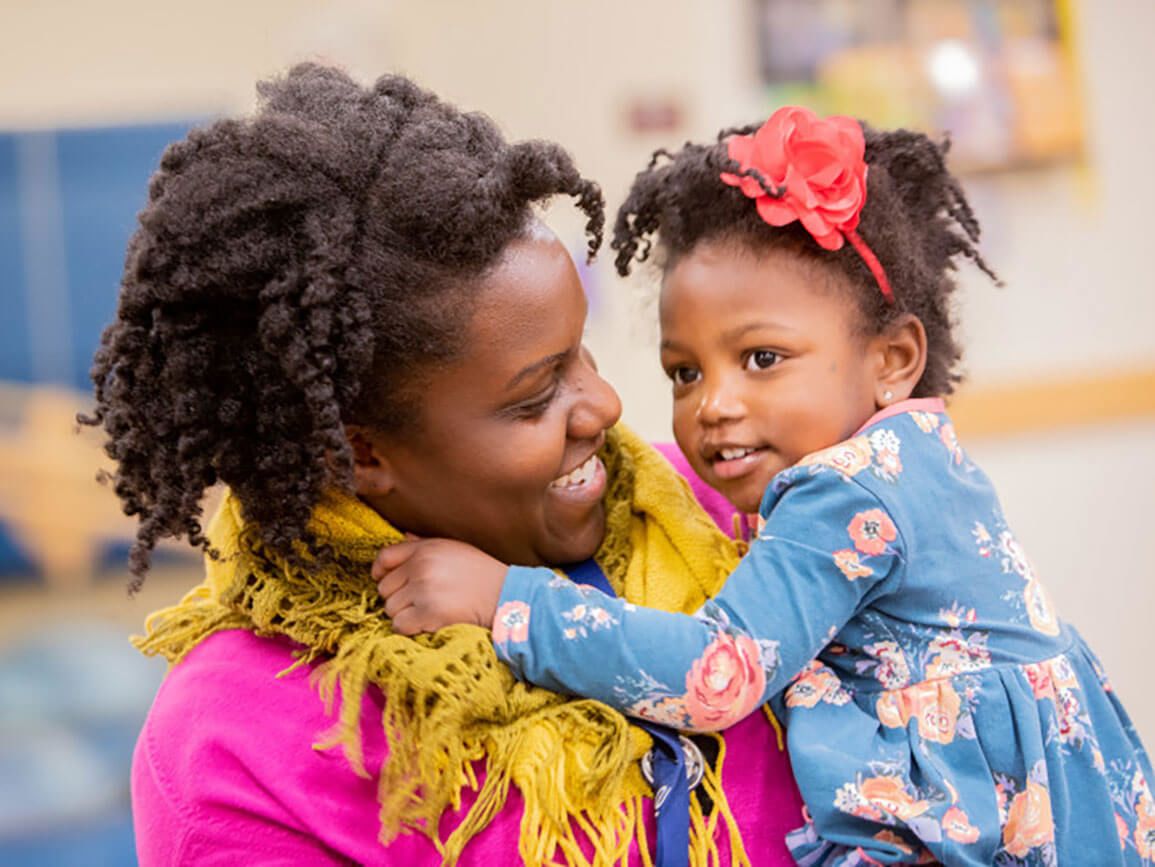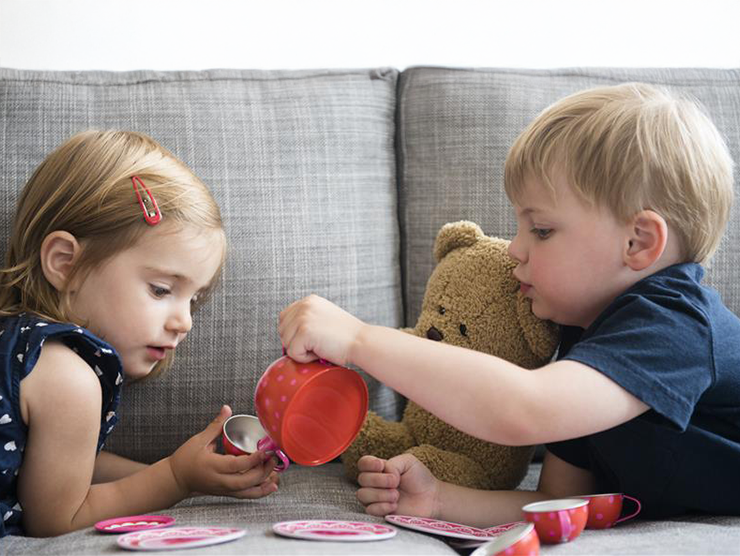Raising confident kids can sometimes feel like assembling a piece of furniture without the manual. You know it’s possible, but you’re not quite certain where things go, and there are mysterious extra pieces in the form of self-doubt, a culture that emphasizes perfection over effort, or comparison to others.
Enhancing confidence in young children can be simpler than it may seem. Some of the best confidence boosts come from small, everyday moments—even during the chaotic or more stressful times of the day.
What does child confidence look like and how do we recognize it in our children? Confidence might be defined as being:
- Willing to try something new
- Happy to contribute ideas
- Able to relate to others’ feelings
- Making eye contact; smiling
- Good at handling failure
Confidence isn’t all about playing the lead role. It’s important to acknowledge the phrase, ‘quietly confident’, as well—children who are self-assured and secure in their abilities, even when they are not the loudest or most outwardly assertive. Pay attention to how your child demonstrates confidence—often via body language and non-verbal clues.
Strategies to encourage confidence
Here are five ways to increase your child’s confidence:
- Use descriptive praise. Instead of just exclaiming, “Wow, amazing, great!” name and describe what you’re praising. Pay particular attention to the moments when you notice your child stepping out of their comfort zone. “I noticed that you asked for a turn with the swing at the playground. That was brave!”
- Be specific about the questions you ask. Have you noticed that your child lack confidence when answering questions or making decisions? Try asking specific questions rather than open-ended ones; for example, instead of “Did you like the book?” ask your child “Which part of the book made you laugh/smile/cry?" etc.
- Model your own confidence. Allow your child to see you taking healthy risks and talking to yourself throughout the process. We know that confidence grows when we step outside of our comfort zone into our stretch zone, that’s where the magic happens!
- Embrace mistakes and allow failure. Mistakes are opportunities for growth. Allow your child to make mistakes, and model making your own. Talk about what you are learning, and what you can try next time. To thrive, children must trust in their capabilities while knowing they can handle it if they are not successful. Trial and error is key and failure is not fatal.
- Spend one-on-one time with your child and minimize distractions. This can also allow you to take a deeper dive with your child about things that interest them and what their passions may be. Uncovering these passions can contribute to fostering positive self-identity, which leads to a boost of confidence.
Core principles for growing your child's confidence
Practicing authoritative parenting will help boost your child’s confidence. This parenting style is based on the belief that your children want to communicate with you. It suggests you actively listen to them, recognize the belief behind the behavior, and focus on solutions. You set clear limits and boundaries, are firm, yet kind and consistent, and give the same message every time. This parenting style views disagreements between parents and children as opportunities to develop problem-solving and negotiation skills with the goal of raising children who embody respect, concern for themselves and others, problem-solving, accountability, contribution, cooperation, and ultimately, confidence. Authoritative parenting invites children to discover how capable they are and to use their personal power in constructive ways.
Here are four core principles to follow:
- Ask questions—Asking your child questions conveys that you value their opinion.
- Be reliable—Doing what you say you’ll do—or being where you say you’ll be—builds your child’s sense of security.
- Demonstrate empathy—Look for the feelings behind your child’s behavior or words. Imagine how your child is feeling and talk about it with them.
- Promote curiosity—Encourage your child to explore and engage with the world around them.
Fixed mindsets vs. growth mindsets
Staying aware of these four core principles will put you in a better position to help your child develop the essential characteristics of a growth mindset. A growth mindset will help them understand that they shouldn’t always expect success. It’ll make it easier for them to deal with failure and will be essential to their future emotional health and well-being, not to mention their academic achievements.
How is a growth mindset different from a fixed mindset? Here are the characteristics of each:
Growth mindsets
- Embrace challenges
- Persist in the face of setbacks
- See effort as the path to mastery
- Learn from criticism
- Find inspiration in the success of others
Fixed mindsets
- Intelligence is static
- Avoid challenges
- Give up easily
- See effort as fruitless
- Ignore feedback
- Feel threatened by the success of others
Raising confident children boils down to recognizing the power of small, consistent moments. By intentionally weaving in opportunities for mastery, autonomy, and genuine encouragement into their daily routines – even during challenging times – we provide them with the strength they need to face difficulties and believe in themselves. To learn more about raising confident kids, listen to our podcast episode, Building Confidence in Young Children, Teach. Play. Love.





